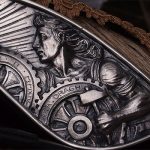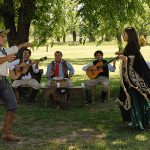Pampa-style Leather Braiding
Our town is renowned for the quality of its craftsmanship, and we are very proud of that. In San Antonio de Areco, there is a craft that we are particularly fond of as it is closely linked to our gaucho culture: Pampean leather braiding.
A traditional craft
Pampean leather braiding, which you will hear about in Argentina as soguería pampeana, is the art of braiding raw cow or horse leather. Raw leather is 100% natural and ecological, without any chemical treatment, unlike the tanned leather used by leatherworkers and saddlers.
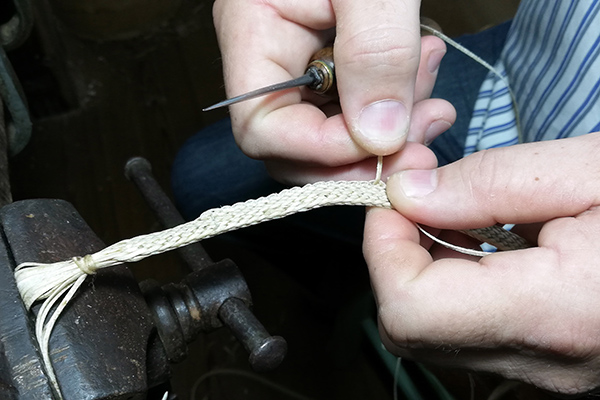
The origin of the Pampean leather braiding technique is attributed to the first Argentine gauchos. Out of necessity, they had to manufacture all of the essential harnesses to ride horses and work with the cattle.
Today, specialized leather artisans make lassos, straps, nets, bridles, reins, curries, whips, etc.
And not only do they make the previously mentioned equipment, but contemporary leather craftsmen also enjoy making pieces of great finesse that are not necessarily used for gaucho work, but that are presented in exhibitions. They are genuine pieces of art, the result of the hard and delicate work of the best craftsmen, which then become precious collector’s items jealously preserved in museums or in the homes of passionate individuals.

In San Antonio de Areco, the leather artisans also offer more “general public” objects such as knives, belts, key rings, wallets. They often collaborate with the silversmiths of our town, combining their specialties, in order to obtain the final product.
Leather Braiding Craftsmen
The first step of the leather braiding craftsman’s work consists of carefully selecting pieces of leather, avoiding parts of the hide weakened by any injuries that the animal may have suffered while it was alive. This step is essential in order to produce a high-quality product.
The type of leather chosen is also very important. If the craftsman wants to make an object used for the daily work of the gauchos, the craftsman will most likely use cow leather (Hereford, Angus…) because this animal provides very resilient leather. Horse leather, on the other hand, is cut into very thin strips in order to sew the pieces of cow leather together. It also allows the craftsman to strengthen gaucho objects or to decorate them.
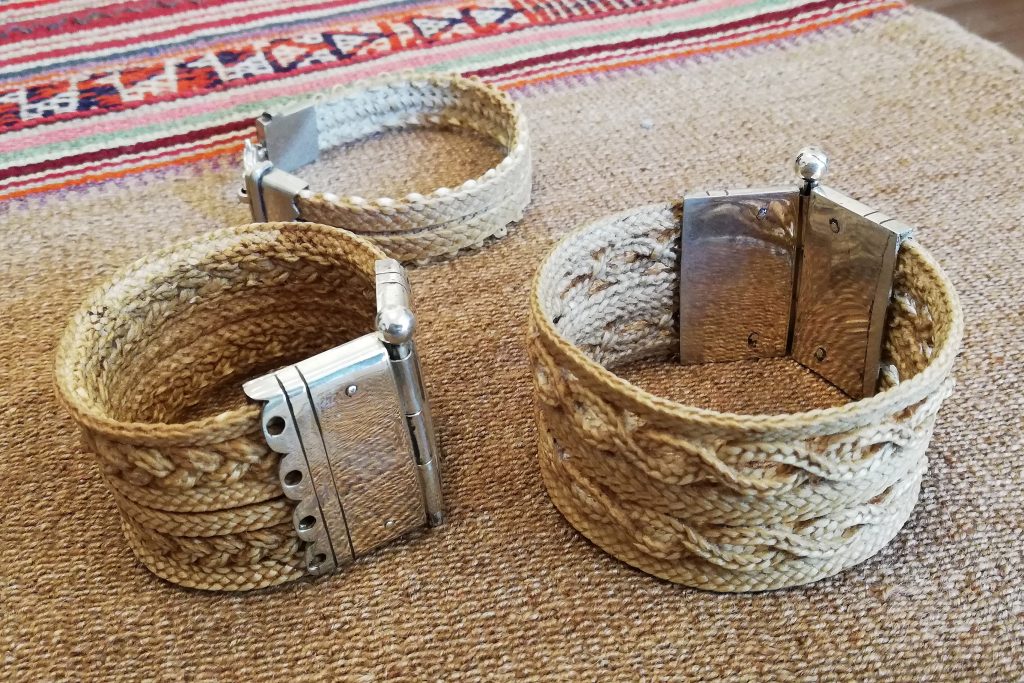
For more refined objects used by the general public or collectors, the braiding craftsman will also choose horse leather, which is more fragile, but allows for more delicate and elaborate work. The more leather straps the piece has, the more it is worth, due to the meticulous work of the soguero.
The raw leather is obtained by following a meticulous process of washing, degreasing, peeling, staking and scraping, before being stretched for (depending on the Craftsman and the purpose of the leather) 4 to 10 days in order to soften its fibers and give it a certain elasticity.
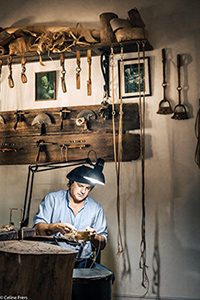
The leather braiding craftsman will then cut the piece of leather into very thin strips, sometimes no wider than a millimeter: these strips are called tientos in Spanish. Then, the skillful weaving begins, where each craftsman highlights his know-how, his creativity and his love of leather braiding.
In some cases, natural pigments, such as coffee, are used so that the leather will have a slight tint to it and, thus, different shades of color will reveal themselves between the twisted strips.
During your next stay in San Antonio de Areco, you can plan a visit to the workshop of one of these traditional leather braiding craftsmen so that you can watch them at work and appreciate their fabulous dexterity!




